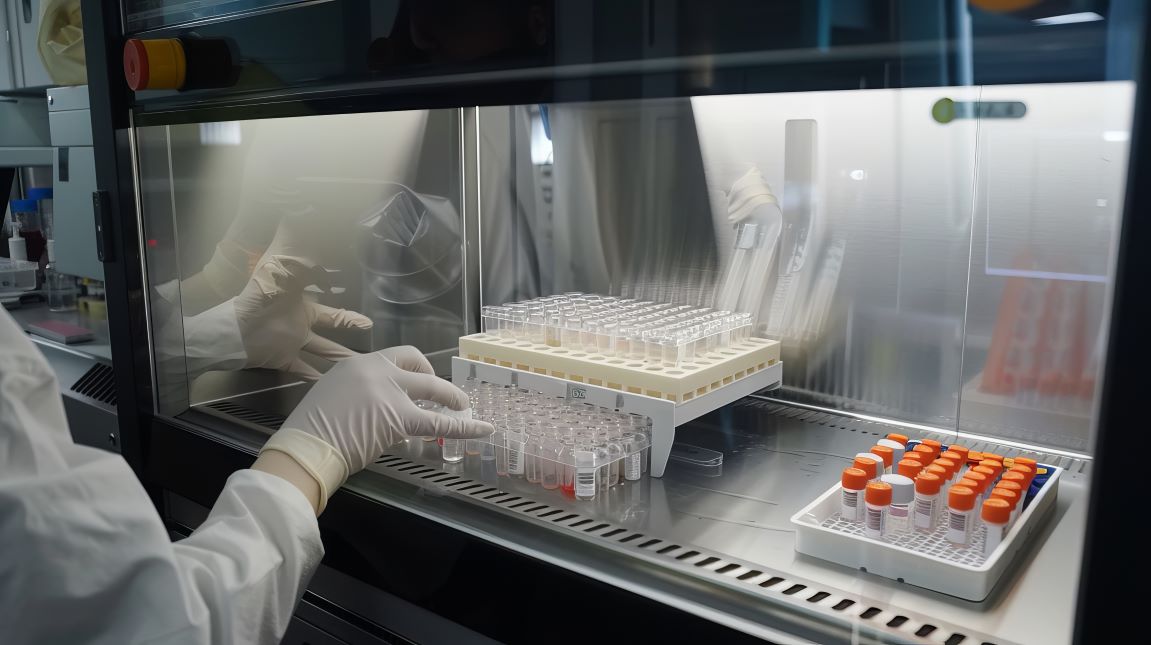Biosafety Cabinets

Biosafety Cabinets (BSCs) can consume somewhere around 11 to 15kWh per day[1], depending on usage, manufacturer, type and size. If you are using a UV light in your BSC, you could be using an additional 0.5 kWh per day[2]. The average home in the US consumes around 33kWh per day [3] and in Europe the average home consumes about 10kWh per day[4]. So your BSC’s could be consuming somewhere between 1/3 to a full house worth of energy each day
- Turn off when not in use - If you have an unducted BSC (typically a Class 1, Class 2 Type A1 or A2), or one that is not connected to the laboratory exhaust ducts that expel air into the atmosphere, you can generally shut these down when they are not in use. Please first check with your building administrator to ensure your BSCs are not ducted and part of the laboratory air balance.) To begin using your BSC again, turn it on for 5 minutes and then wipe down surfaces with the appropriate disinfectant [5].
- Close the sash when not working in the cabinet – If you have a ducted BSC (typically Class 2 Type B1 or B2 or Class 3) these operate very much like a chemical fume hood. Filtered air is moved through the cabinet and exhausted to the atmosphere through the building exhaust system. These types of cabinets are typically part of the air balance in the room and cannot be turned off. If the sash is left open when not in use, conditioned air is constantly being pulled from the room and exhausted through the roof. Considerable energy is needed to generate this conditioned air with the correct temperature and humidity for the lab. So leaving the sash open exhausts excess air and increases energy consumption through the air handling system.
- UV lights are not recommended by the Center for Disease Control (CDC) and the National Institute of Health (NIH).
